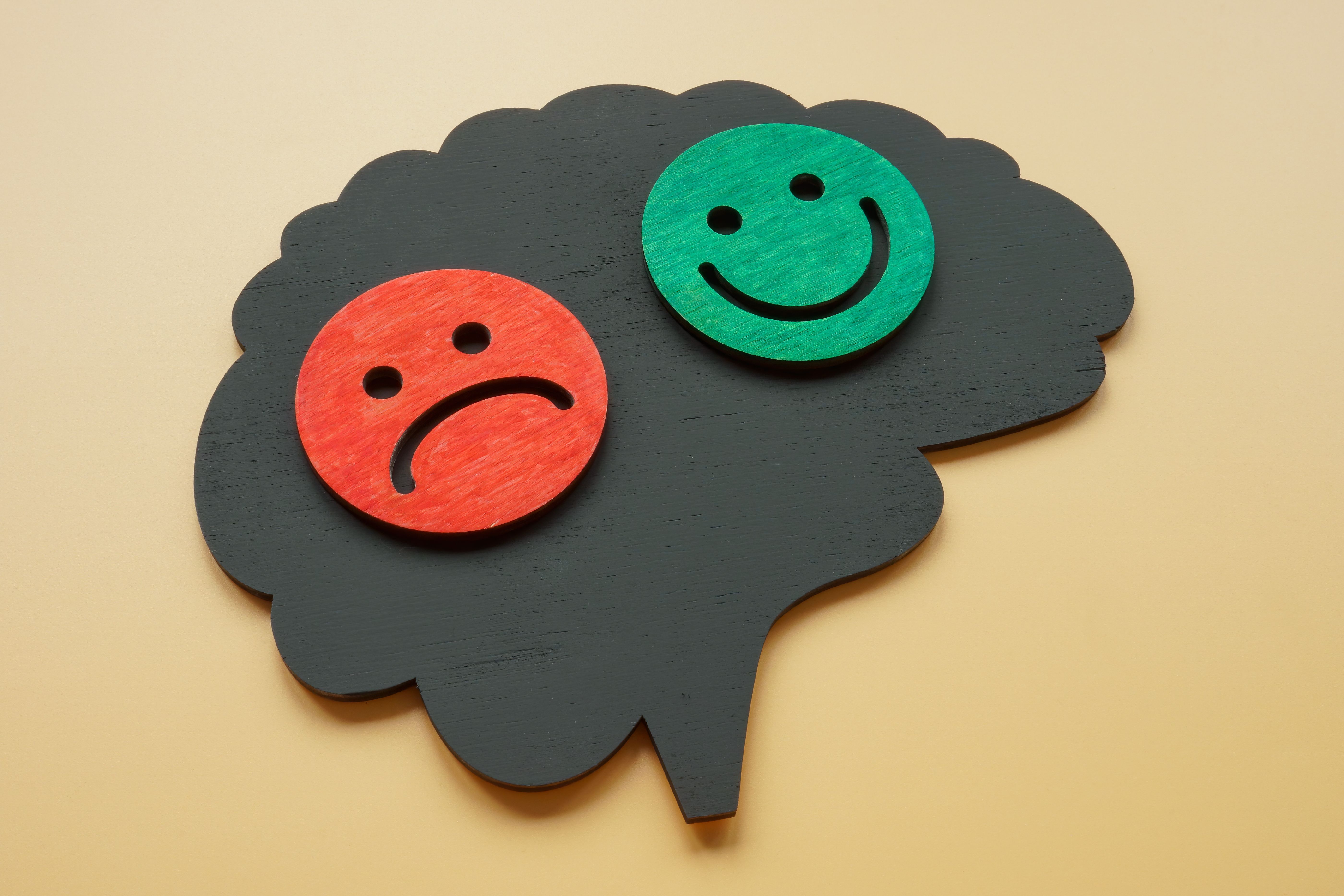Publication
Article
Psychiatric Issues in Emergency Care Settings
NEW DIAGNOSTIC SCALE FOR BIPOLAR DISORDER
Author(s):
Sensitivity and specificity of a new bipolar spectrum diagnostic scale.
Nassir Ghaemi S, Miller CJ. Berv DA, et al. Sensitivity and specificity of a new bipolar spectrum diagnostic scale. J Affect Disord. 2005;84: 273-277.
Summary
Following their study findings that the Mood Disorder Questionnaire (MDQ)1 was more sensitive for bipolar I than bipolar II or not otherwise specified bipolar disorder,2 one of the authors (Pies) developed a self-report questionnaire, the Bipolar Spectrum Diagnostic Scale (BSDS). Two of the authors (Nassir Ghaemi and Miller) subsequently revised it. The sensitivity and specificity of the BSDS were assessed by administering the questionnaire to 68 patients with bipolar disorder and 27 patients with unipolar major depressive disorder.
Overall sensitivity of the BSDS was 0.76 (95% confidence interval [CI], 0.66 to 0.87), while specificity was 0.85 (95% CI, 0.01 to 0.28). Low insight of patients may lead to underreporting on the self-report questionnaire.
The authors suggest the BSDS be used as a complement to the MDQ and a supplement to clinicians' semi-structured interviews. Further studies are needed to validate the scale.
Commentary
There is growing confusion regarding the boundaries of bipolar mood disorders. Evidence from several lines of inquiry suggests that a proportion of patients who receive a diagnosis of unipolar major depression may be misclassified and may have a bipolar disorder with prominent depressive swings and less noticeable (but still meaningful) hypomanic symptoms. In addition, the boundary between extremes of temperament (where the layperson would call someone "hyper" or, alternatively, "a negative person") and actual clinical mood impairment are blurred. If such a bipolar spectrum exists, then clinicians (especially those working in primary care settings) will need to "cast a wide net" in screening and assessment for bipolar symptoms.
The opportunity to use self-report questionnaires, such as the BSDS mentioned here, may provide an important tool in screening for bipolar disorder. However, the use of self-report questionnaires for bipolar disorder has not proved to be a fruitful strategy so far. This study is preliminary, and the use of a unipolar group as a control sample may not convey an accurate determination of the specificity of this scale. In addition, the study does not provide any validation for the diagnoses in either patient group. It will be interesting to see how this develops, particularly given the substantial underdetection of bipolar disorder in primary care settings.
Peter F. Buckley, MD
Professor and Chairman
Department of Psychiatry
Medical College of Georgia
Augusta
References:
References1. Hirschfeld RM, Williams JB, Spitzer RL, et al. Development and validation of a screening instrument for bipolar spectrum disorder: the Mood Disorder Questionnaire. Am J Psychiatry. 2000;157:1873-1875.2. Miller C, Ghaemi SN, Klugman J, et al. Utility of Mood Disorder Questionnaire and Bipolar Spectrum Diagnostic Scale. Presented at: the American Psychiatric Association 2002 Annual Meeting; May 18-23, 2002; Philadelphia. Abstract.






